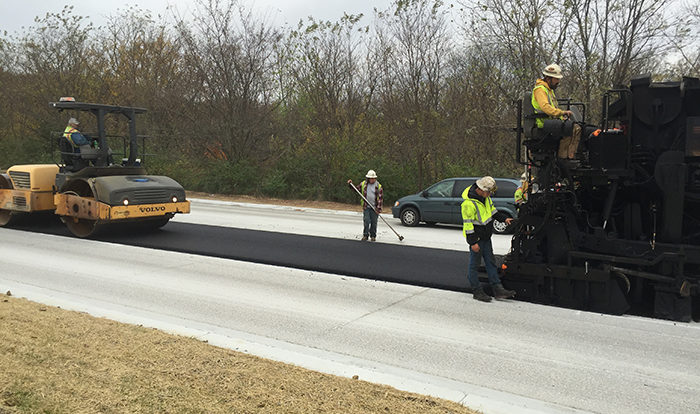
Pavement preservation programs help cities maintain valuable infrastructure.

Pavement preservation programs help cities maintain valuable infrastructure.
Lorem ipsum dolor sit amet, consectetur adipiscing elit. Integer posuere erat a ante.
Someone famous in
Source Title